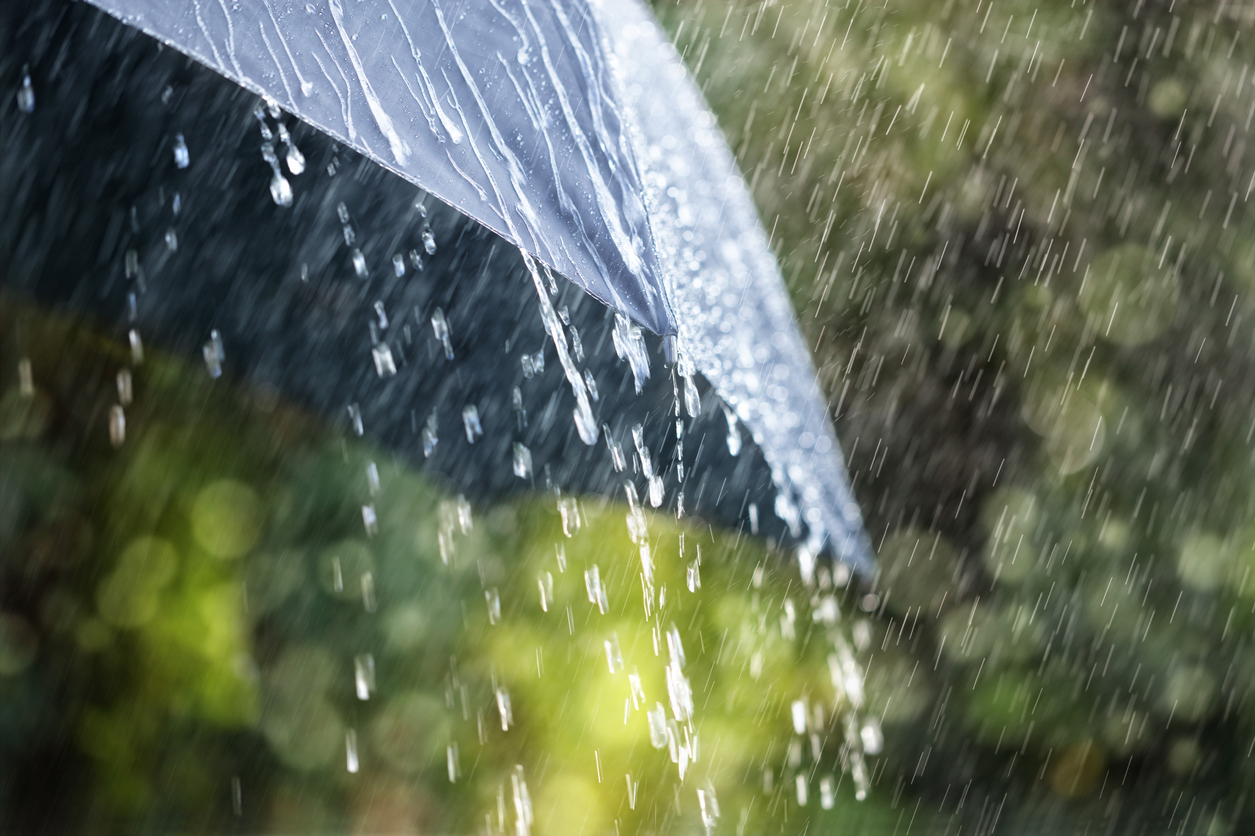Right as rain: How to interpret the daily rainfall forecast
20 May 2014
Updated 24 August 2018
It’s what we’re all wondering as we plan each day: 'Will it rain?' The daily rainfall forecast has the answer, but take a closer look to make sure you're across all the information it contains.

The daily rainfall forecasts are probably the most viewed part of our town forecasts—but are you getting the most out of them? Looking at the forecast below for Sydney, there’s a 70% ‘Chance of any rain’, with ‘Possible rainfall’ of 4 to 15 mm. These are two separate pieces of information so take care not to run them together—they don’t mean there is a 70% chance of receiving between 4 and 15 mm of rain.
To simplify things, break these fields down into two questions: ‘Will it rain today?’ and ‘If it does, what sort of rainfall amount is likely?’
The first question is answered by the 'Chance of any rain'. Technically this value refers to the likelihood of the selected location receiving more than the minimum measurable amount of rainfall (0.2 mm) over the 24 hours from midnight to midnight. For the forecast above, there is a 90% chance of receiving more than 0.2 mm of rain. That’s enough to pack the brolly!
The second question is answered by the 'Possible rainfall'. Whenever measurable rainfall is forecast, this field is represented as a range between two values (otherwise it will appear as '0 mm'). The first value means the location has a 75% chance of receiving at least that amount of rain. The second represents a 25% chance of receiving at least that amount. So for the forecast above of '1 to 10 mm', Sydney has a 75% chance of receiving 1 mm or more, and a 25% chance of receiving 10 mm or more.
Days where the rainfall range is larger generally suggest a storm day where anyone under the storm path will receive a lot of rain but others may stay completely dry or get just a few drops. On the other hand when the rainfall range shows reasonably large totals but a relatively small range like 15 to 20 mm, there's usually widespread rain falling from a broad-scale cloud system, not just showers or thunderstorms popping up here or there.
Even when there’s very little likelihood of rain, you'll still see a 'Chance of rain' value, so you can make decisions based on your own threshold for this likelihood.
Take this Canberra forecast, for a partly cloudy day with a low (20%) chance of rain. The 'Possible rainfall' amount is not shown because the chance of rain is less than 25% for the day and the 'Possible rainfall' amount is 0 mm. The Bureau’s forecasters expect no rain today—although there remains a very low chance of rain.
So there you have it. When you leave the house in the morning, check the 'Chance of any rain' to work out if you’ll need your brolly, and the 'Possible rainfall' to see what sort of shoes to wear!
A fuller picture
Numbers don’t always tell the whole story, of course. For a fuller picture of the day’s weather, the town forecasts are accompanied by a more detailed text description for the wider area around the town—with details such as whether it will be sunny or cloudy, the chance of thunderstorms or hail, and the time of day the weather is expected to change.
This extra information is useful for people who are planning outdoor activities, or whose work or travel may be dependent upon the weather. But if your schedule will be strongly dictated by the weather, we also advise that you visit our MetEye tool, where you can see how close you are to the area of significant rain. Sometimes a small change in the pattern can have a huge impact on how much rainfall you receive.
You can also view the 'Chance of any rain' and 'Possible rainfall' in the BOM Weather app. The chance of any rain for the day is shown under the day's forecast at the top of the main screen. In the Hourly forecast section below it you can view 'Chance of any rain' for three-hourly intervals across the day, with the corresponding possible rainfall amount.
More information
Clearing up the ‘patchy rain’: introducing a more precise forecast language






Comment. Tell us what you think of this article.
Share. Tell others.